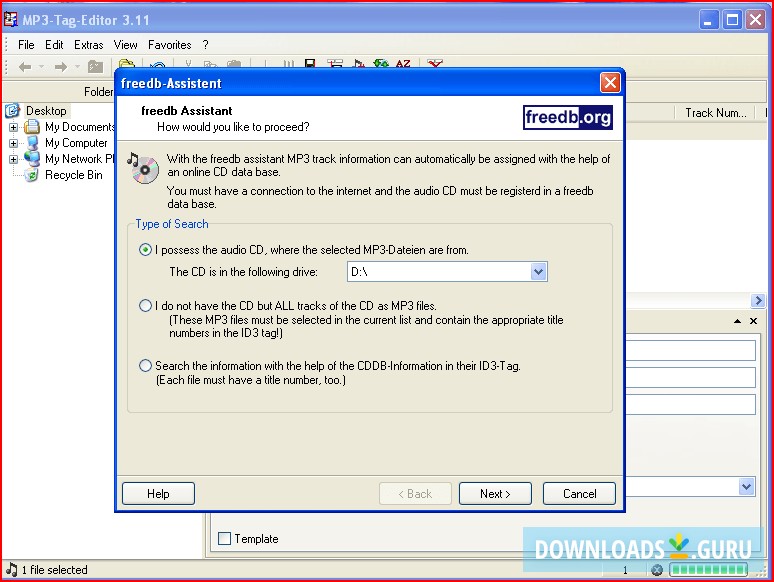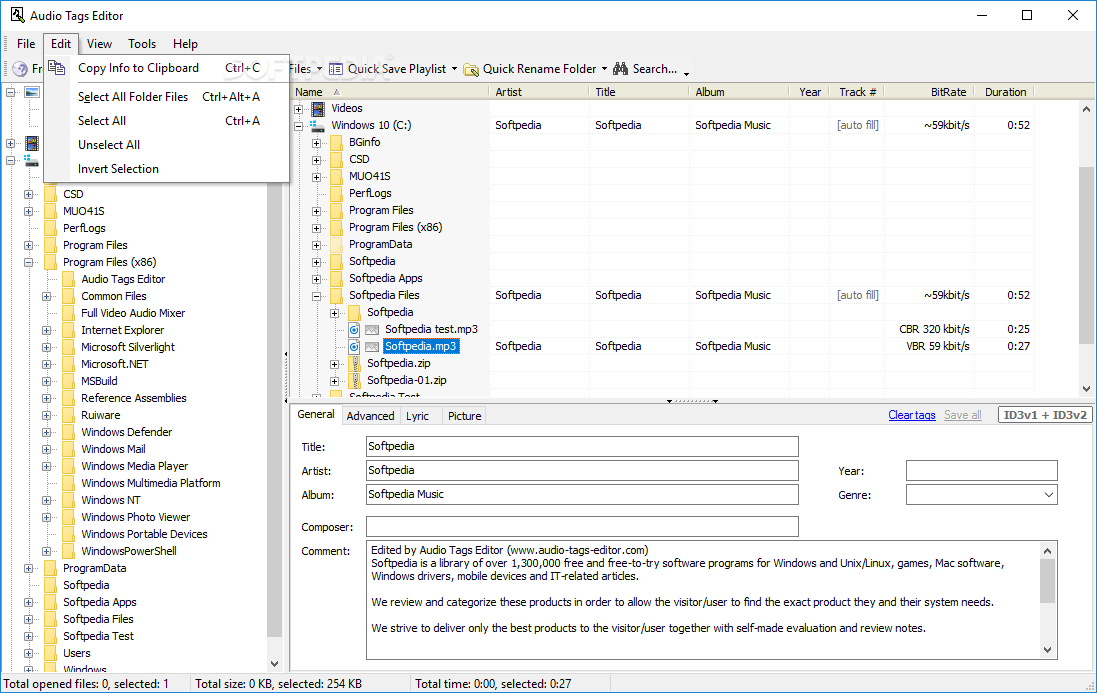

- Automatic tag editor para pc mp4#
- Automatic tag editor para pc install#
- Automatic tag editor para pc update#
- Automatic tag editor para pc portable#
- Automatic tag editor para pc code#
These tags are used in Canon formats such as CR2, CR3 and CRM. These tags are used by Canon Digital Photo Professional which writes VRD (Recipe Data) information as a trailer record to JPEG, TIFF, CRW and CR2 images, or as stand-alone VRD or DR4 files.
Automatic tag editor para pc portable#
These tags are used in BPG files (Better Portable Graphics). These tags are used in ARW images by the Sony Image Data Converter utility. Some of these tags have been inherited from the Minolta MakerNotes. ICC profile information is used in many different file types including JPEG, TIFF, PDF, PostScript, Photoshop, PNG, MIFF, PICT, QuickTime, XCF and some RAW formats.
Automatic tag editor para pc mp4#
Information in this format can be embedded in many different image file types including JPG, JP2, TIFF, GIF, EPS, PDF, PSD, IND, INX, PNG, DJVU, SVG, PGF, MIFF, XCF, CRW, DNG and a variety of proprietary TIFF-based RAW images, as well as MOV, AVI, ASF, WMV, FLV, SWF and MP4 videos, and WMA and audio formats supporting ID3v2 information. XMP stands for "Extensible Metadata Platform", an XML/RDF-based metadata format which is being pushed by Adobe. IPTC information may be found in JPG, TIFF, PNG, MIFF, PS, PDF, PSD, XCF and DNG images. The IPTC tags are part of the International Press Telecommunications Council (IPTC) and the Newspaper Association of America (NAA) Information Interchange Model (IIM). This type of information is formatted according to the TIFF specification, and may be found in JPG, TIFF, PNG, JP2, PGF, MIFF, HDP, PSP and XCF images, as well as many TIFF-based RAW images, and even some AVI and MOV videos. File TypeĮXIF stands for "Exchangeable Image File Format".
Automatic tag editor para pc update#
For example, when a tag gets fired after a page loaded, but you want it to fire if someone clicks a button, update the trigger. To edit a tag, click on a tag name to change its settings.If there are any errors, start debugging with the Tag Assistant. Enter the website URL on which you installed the Tag Manager container.Google Tag Assistant launches in a new tab. Click Save and create more tags as needed.Īfter you have added tags, make sure that they behave as intended.To add a note, click the more actions menu and select Show Notes

Optional: Add a note to your configuration for later reference.Triggering: Triggers govern if a page tag is fired or blocked.If no tag type matches, you can create a custom HTML or image tag.

If you need more help with setting up a tag from a Google product, refer to Your guide to Google Tag Manager.
Automatic tag editor para pc install#
You can install the container now, or clear the dialog by clicking OK and resume the installation later.
Automatic tag editor para pc code#


 0 kommentar(er)
0 kommentar(er)
